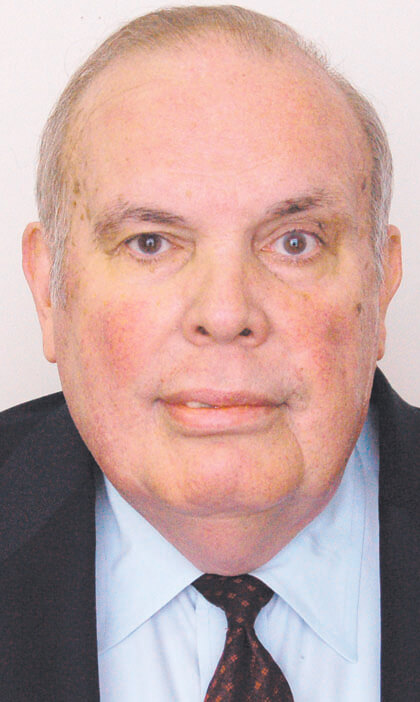By William Lewis
When voting machines first came into wide use during the 1930s and ’40s, it was considered a new beginning for the election voting process. It was believed at the time that the opportunities for fraudulent voting had finally come to an end with paper ballots.
Going back 100 years before the 1930s, political parties sometimes prepared their own ballots with designated candidates marked. These ballots were then distributed to prospective voters to bring to the polling sites. During the days of paper ballots, it was not uncommon for a few citizens to vote more than once for the same candidate at different polling sites.
With the implementation of voting machines, though, it was generally accepted that honest and accurate counting of votes cast was now in place. It can now be said that the more things change, the more things stay the same. Today, paper ballots are back with a voting system that provides an easy way to vote and has also given us a complex voting machine which requires a lot more monitoring by Board of Elections officials, including coordinators and inspectors, especially after the voting ends at 9 p.m.
The type of duties BOE coordinators and inspectors have has changed somewhat with the new voting machines in place. It is now a much longer Election Day for them. The day starts at 5 a.m. instead of 5:30 a.m. for most, and whereas before they had completed their duties by 10 p.m., now they work later. There are now more detailed reports that have to be completed. Generally speaking, there is far more paperwork to be done than before.
Regarding the voters, there have been continual complaints about the small print in the ballots and the difficulty in reading them. Some voters believe that more must be done to protect the privacy of the voting process. There have been reports of people voting at the top of the ticket but not for candidates at the bottom of the ballot because of the difficulty in reading the small print.
It is expected that more requests are going to be made in the near future for ballots printed in languages other than English. The number of absentee ballots seems to be increasing when an election is close and the absentee ballots will decide the winner. It usually takes a long time to count them since there will be challenges to some of these ballots from both major political parties.
In some states, citizens are being encouraged to vote by absentee ballot. In Oregon, everyone votes by absentee ballot. In a close election, it could be weeks or even months before a winner is declared. The problem with absentee ballots is that it cannot be proven as to who actually filled out the ballot before it was sent to the BOE. It will also not be known if pressure was used to get the absentee voter to vote for certain candidates.
It should be mentioned that in Israel, when elections are held, no absentee voting is allowed. All voters are expected to vote on the same day during the same period of time. Israeli elections are usually completed on the same day and the results known almost immediately as to winners and losers.
Another aspect to changes in voting procedures is early voting that is increasing in various states. If we consider that between absentee voting and early voting, by the time Election Day arrives, a large percentage of the voting public will have already cast their ballots. Candidates will be campaigning before an increasing shrinking electorate. It does seem that by everyone voting at the polling sites on the same day, it does lead to a more orderly and efficient process.
When we look at the growing problems in voting, at some point photo IDs may be necessary as a means of identifying voters. Standards need to be established and adhered to. If standards are not established, voting problems will continue to increase, causing continual challenges to election results.

































